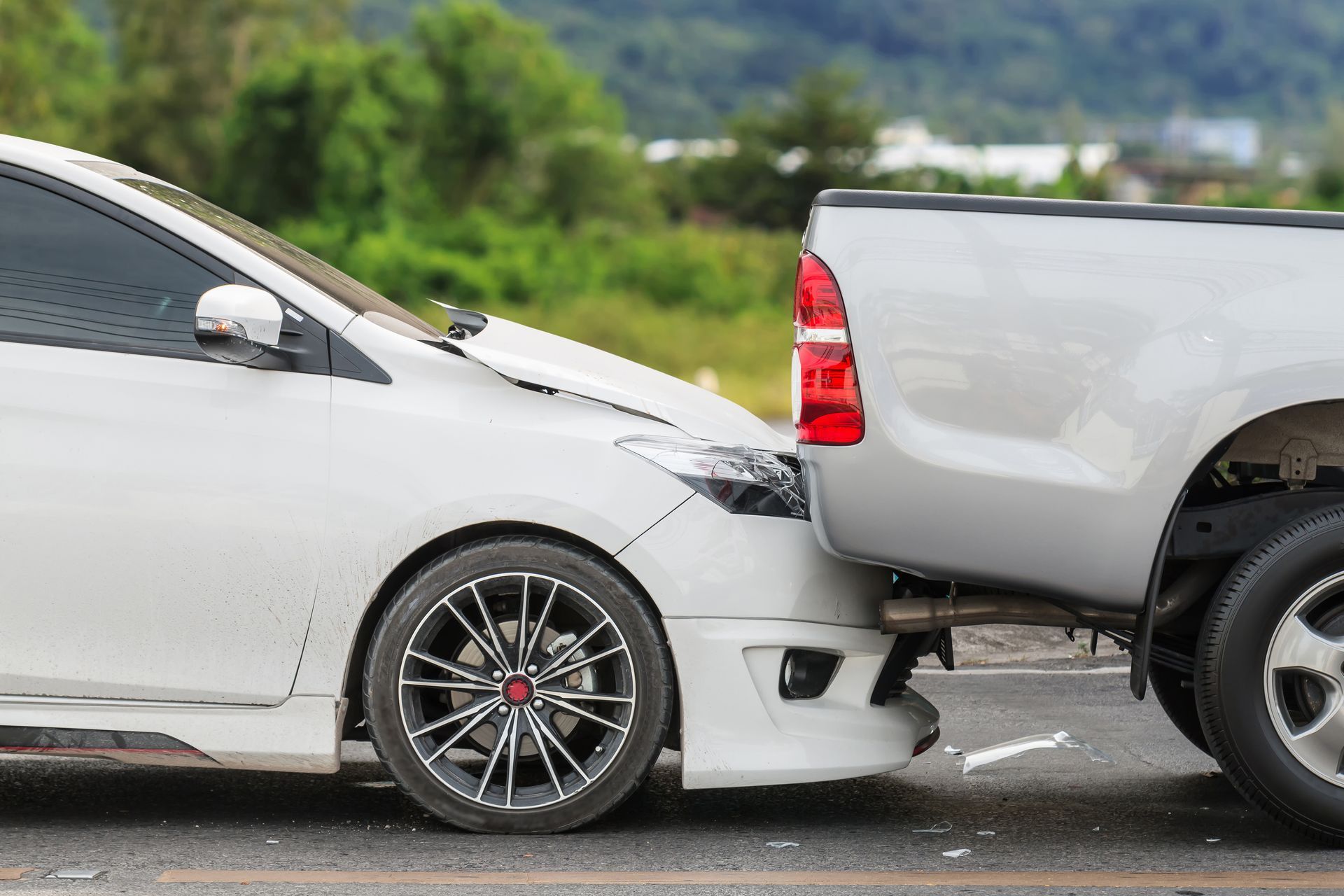On behalf of Harper, Evans, Hilbrenner & Netemeyer
Deciphering Fault in Rear-End Collisions: Navigating Legal Implications and Driver Responsibilities

Rear-end collisions are among the most common types of car accidents, frequently occurring on our roads and highways. Understanding the dynamics of these incidents is critical for anyone who finds themselves involved in one. Typically, these accidents happen when one vehicle crashes into the back of another. The reasons for such collisions can vary widely, from distracted driving to sudden stops.
The complexity of determining fault in rear-end collisions makes it crucial for those involved to comprehend the legal implications. Generally, the driver who hits the car in front is often presumed to be at fault due to not maintaining a safe following distance. However, this is not an absolute rule, and certain circumstances can shift the blame or share it between the drivers involved. Understanding who is at fault in a rear-end collision is not just a matter of resolving insurance claims; it’s about understanding your rights and responsibilities on the road.
Understanding Who Is at Fault in a Rear-End Collision
General Presumption of Rear Driver's Fault
In rear-end collisions, there is a general presumption that the driver of the rear vehicle is at fault. This presumption is based on the principle that every driver should maintain a safe distance from the vehicle ahead to allow enough time to react and stop to avoid a collision. This rule of thumb is essential for safe driving and is a fundamental traffic law in many jurisdictions. In Missouri, fault in rear-end collisions typically falls on the rear driver under the rear-end collision doctrine, assuming certain conditions are met. However, there are exceptions and situations where fault may be shared or lie with the front driver, especially in cases of sudden stops without signaling, reckless driving, or poor road conditions. Insurance companies assess fault based on detailed accident reviews, and the doctrine allows for rebuttal with counter-evidence in complex scenarios.
Exceptions Where the Front Driver May Be at Fault
- Sudden Stopping or Braking Without Signaling: If the front driver stops suddenly or brakes without any warning signals, they could be considered partially or fully responsible for the collision. Drivers are expected to signal their intentions on the road, and failure to do so can be seen as negligent behavior.
- Reckless or Dangerous Driving by the Front Driver: If the front driver is operating their vehicle in a reckless or dangerous manner, such as swerving or erratic driving, and this behavior contributes to the rear-end collision, the fault may be attributed wholly or partly to them.
- Hazardous Road Conditions Causing the Rear Driver to Be Unable to Stop: Situations like slippery roads, sudden obstacles, or poor visibility can contribute to a rear-end collision. If such conditions make it difficult for the rear driver to stop in time, the fault might not be entirely theirs.
- Mechanical Issues Like Faulty Brakes in the Rear Vehicle: If the rear vehicle had mechanical issues, such as faulty brakes, which prevented the driver from stopping, the fault could be shifted away from the driver, potentially to the manufacturer or a maintenance provider.
The Role of Lawyers in Rear-End Collision Cases
Legal representation plays a pivotal role in rear-end collision cases. A lawyer specializing in personal injury law can be instrumental in navigating the complexities of these cases. Their expertise is crucial in establishing fault, especially in scenarios where liability is disputed or the circumstances are complex. Lawyers proficient in handling rear-end collisions understand the nuances of traffic laws and insurance policies, which can be vital in proving negligence and liability.
Moreover, an attorney can assist in accurately assessing the full extent of damages and injuries sustained. This is crucial for ensuring that compensation claims cover all medical expenses, lost wages, and potential long-term impacts of the injuries. A skilled lawyer will negotiate with insurance companies, counter low settlement offers, and, if necessary, represent the victim's interests in court. Essentially, having legal representation maximizes the chances of a fair and comprehensive settlement, providing peace of mind and allowing the victim to focus on recovery.
Think you have a case?
Don’t wait until it’s too late. Contact the Missouri attorneys at Harper, Evans, Hilbrenner & Netemeyer. Our legal team is standing by 24 hours a day, 7 days a week.
Call To Schedule A Consultation
A paralegal will collect some basic information, including your availability, and call you back to schedule a meeting after checking our attorney’s schedules. Call 573-442-1660 today.
Email Our Firm Today
Complete the form to the right with your contact information and some details about your case. We promise you’ll hear back from us, usually by the next day.
Our Location
Our law firm’s location in downtown Columbia gives our attorneys convenient access to the Boone County Courthouse and City of Columbia Municipal Court.
Get A Case Evaluation
We will get back to you as soon as possible.
Please try again later.
Helpful Links
Our Areas of Practice
©2022 | All Rights Reserved | Disclaimer | Privacy Policy | Design by Lift Division

